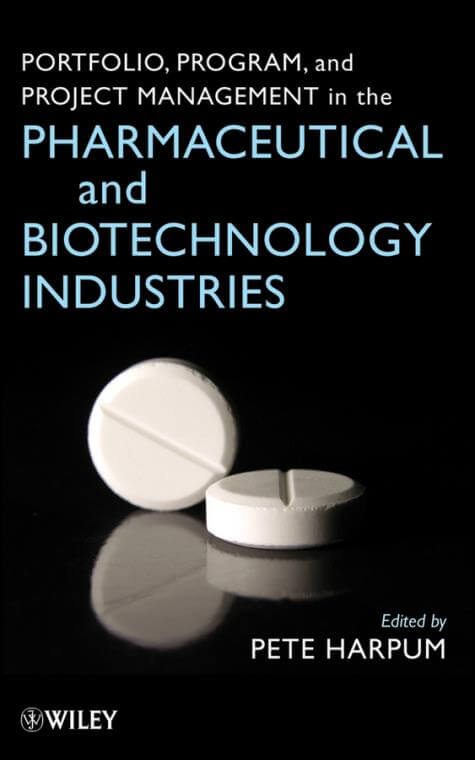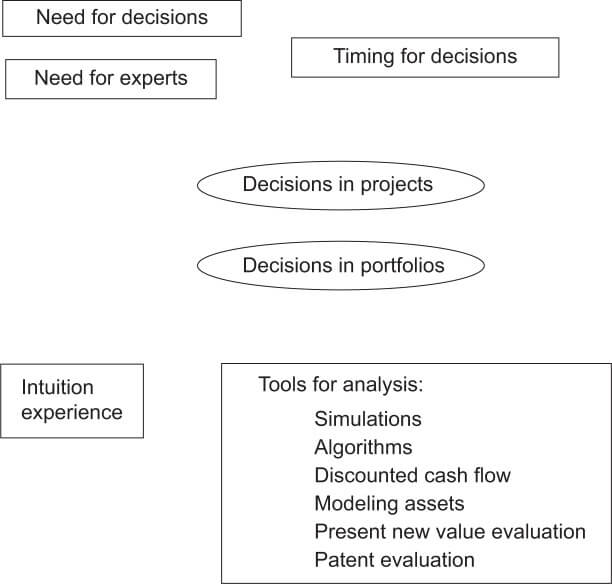
In the ever-evolving landscape of the biotech and pharmaceutical sectors, accurate valuation of post-revenue drug assets stands as the linchpin for informed and strategic decision-making. The significance of this valuation extends beyond the boardrooms of pharmaceutical companies to encompass venture capitalists, private equity firms, and regulatory bodies. In this blog post, we delve into the pivotal role accurate valuation plays, the challenges involved, and a groundbreaking model proposed in recent research that promises to revolutionize the process. A recent paper explores the critical role of accurate valuation in the biopharmaceutical industry, leveraging historical sales data and its application to Pfizer’s portfolio. Enhance your understanding of market capitalization precision and strategic investment decisions.
Valuation’s Crucial Role in Pharma
Valuing post-revenue drug assets is not just a financial exercise; it’s a strategic imperative. Stakeholders, from pharmaceutical giants to venture capitalists, rely on accurate valuations to guide investment decisions, allocate resources, and navigate Mergers and Acquisitions. The fairness and equity of transactions hinge on precise valuations, underlining their paramount importance.
Challenges in Valuation: Navigating Complexity
The complexity of drug valuation arises from multifaceted factors. Clinical risks, post-market challenges, reimbursement intricacies, technological shifts, and patent expiration timelines create a dynamic environment. The inherent volatility in market dynamics and regulatory changes further complicates the already intricate task of forecasting accurately.
Literature Review: Addressing Valuation Gaps
Traditional valuation models for pharmaceutical assets exhibit limitations, prompting the need for innovative approaches. Recent research proposes a model leveraging historical sales data, offering a fresh perspective on valuing post-revenue assets in the pharmaceutical realm.
Proposed Model: Forecasting the Future with Precision
The proposed model introduces a groundbreaking methodology. By estimating future sales based on historical data, it provides distributional estimates for cumulative sales and calculates Net Present Value (NPV). The real litmus test comes in its application to Pfizer’s portfolio, where the model showcases a remarkable accuracy margin of within 10%.
Pharmaceutical Sales Cycle: Navigating the Peaks and Valleys
Understanding the pharmaceutical sales cycle is crucial for effective valuation. The model integrates the classic product life cycle framework, considering factors like IP protection loss, emergence of new treatments, and biosimilar competition. It provides a holistic view of a drug’s journey from introduction to decline.
Validation Using Pfizer Sales: Real-world Precision
The model’s efficacy is put to the test with Pfizer’s sales data from 2006 to 2022. The out-of-sample prediction accuracy stands out, demonstrating the model’s robustness without the need for additional features. Specific examples of Eliquis and Ibrance validate its ability to precisely forecast future sales and saturation points.
Model Strengths and Extensions: Shaping the Future
What sets this model apart is its ability to address the limitations of traditional approaches. It not only provides accurate predictions but also factors in market uncertainty, offering clear interpretability. As we conclude, the blog post explores potential extensions to revenue planning and pre-revenue valuation, hinting at a transformative future for the pharmaceutical industry.





















